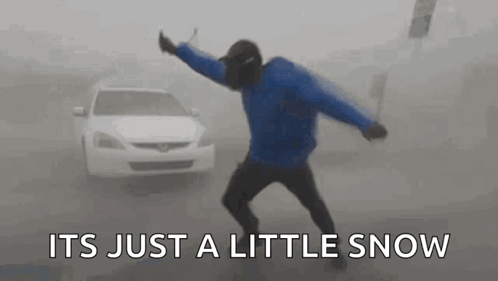Frostbite: A Hidden Danger of the Holiday Season

Varrock Street Journal – Weekly Healthcare Feature
Stay Warm and Safe: Understanding Frostbite This Winter
Hello, Varrock Street Journal readers! Winter is here, and with it comes the magic of snow-covered landscapes and festive outdoor activities. But amid all the holiday cheer, it’s important to be mindful of frostbite—a cold-weather hazard that can affect anyone exposed to freezing temperatures for too long. This week, we’re exploring the science behind frostbite, its causes, and the steps you can take to stay safe and warm this season.

What Is Frostbite?
Frostbite occurs when skin and underlying tissues freeze due to prolonged exposure to cold temperatures. The body redirects blood flow to vital organs in extreme cold, leaving extremities like fingers, toes, nose, and ears vulnerable. If left untreated, frostbite can lead to permanent tissue damage or even amputation.
Common Ways People Are Exposed to Frostbite
- Outdoor Winter Activities: Activities like skiing, snowboarding, or sledding expose participants to prolonged cold and wind, increasing frostbite risk.
- Inadequate Clothing: Lack of proper insulation, such as wearing wet gloves or thin socks, can accelerate heat loss.
- Homelessness or Prolonged Outdoor Exposure: Individuals without access to shelter face increased risk in freezing temperatures.
- Winter Emergencies: Stranded motorists or hikers may face frostbite when exposed to the cold for extended periods without adequate warmth.
Signs and Symptoms of Frostbite:
Frostbite often begins with frostnip, a mild stage that causes numbness and redness. More advanced stages may include:
- Skin turning white, gray, or blue.
- A hard or waxy texture to the affected area.
- Blisters or blackened tissue in severe cases.
What to Do If Frostbite Occurs?
If you or someone you’re with shows signs of frostbite:
- Move to a Warm Location: Get indoors or into a warm shelter as quickly as possible.
- Remove Wet Clothing: Replace wet garments with dry, warm layers.
- Gradually Rewarm the Affected Area: Immerse the frostbitten area in warm (not hot) water, or use body heat, such as placing hands under armpits.
- Avoid Direct Heat: Do not use heating pads, fireplaces, or stoves, as they can cause burns to numb skin.
- Seek Medical Help: Frostbite is a medical emergency. Contact a healthcare provider or visit an emergency room if symptoms are severe.
Why This Matters:
Understanding the risks of frostbite is crucial for preventing serious injuries during the holiday season. Whether you’re planning a snowy adventure or just braving the winter commute, being prepared and recognizing early symptoms can make all the difference.
Spotlight on Prevention:
- Layer Up: Wear warm, moisture-wicking layers, insulated gloves, and waterproof boots.
- Cover Exposed Skin: Use scarves, hats, and face masks to protect vulnerable areas.
- Stay Dry: Change out of wet clothing promptly to prevent heat loss.
- Limit Time Outdoors: Take frequent breaks in warm environments to reduce exposure.
- Be Prepared: Carry extra warm clothing and emergency supplies when traveling in cold weather.
Frostbite is a serious but preventable condition. By staying informed and prepared, you can enjoy all the beauty and excitement of winter while keeping yourself and your loved ones safe. So, bundle up, stay vigilant, and have a warm and wonderful holiday season!

Reflection Questions:
- How can you better prepare for winter outdoor activities to avoid cold-related injuries?
- What are some emergency supplies you would keep on hand for winter travel?
- How can communities support vulnerable individuals at higher risk for frostbite?
Thank you for a wonderful year here at Shade Academia and the Varrock Street Journal. We look forward to 2026 with all of you and the future that awaits!
Resources:
- "Frostbite: Signs, Symptoms, and Treatment" by Mayo Clinic.
- "Winter Weather Safety Tips" by the National Weather Service.
- "Cold Weather Preparedness" by the American Red Cross.
